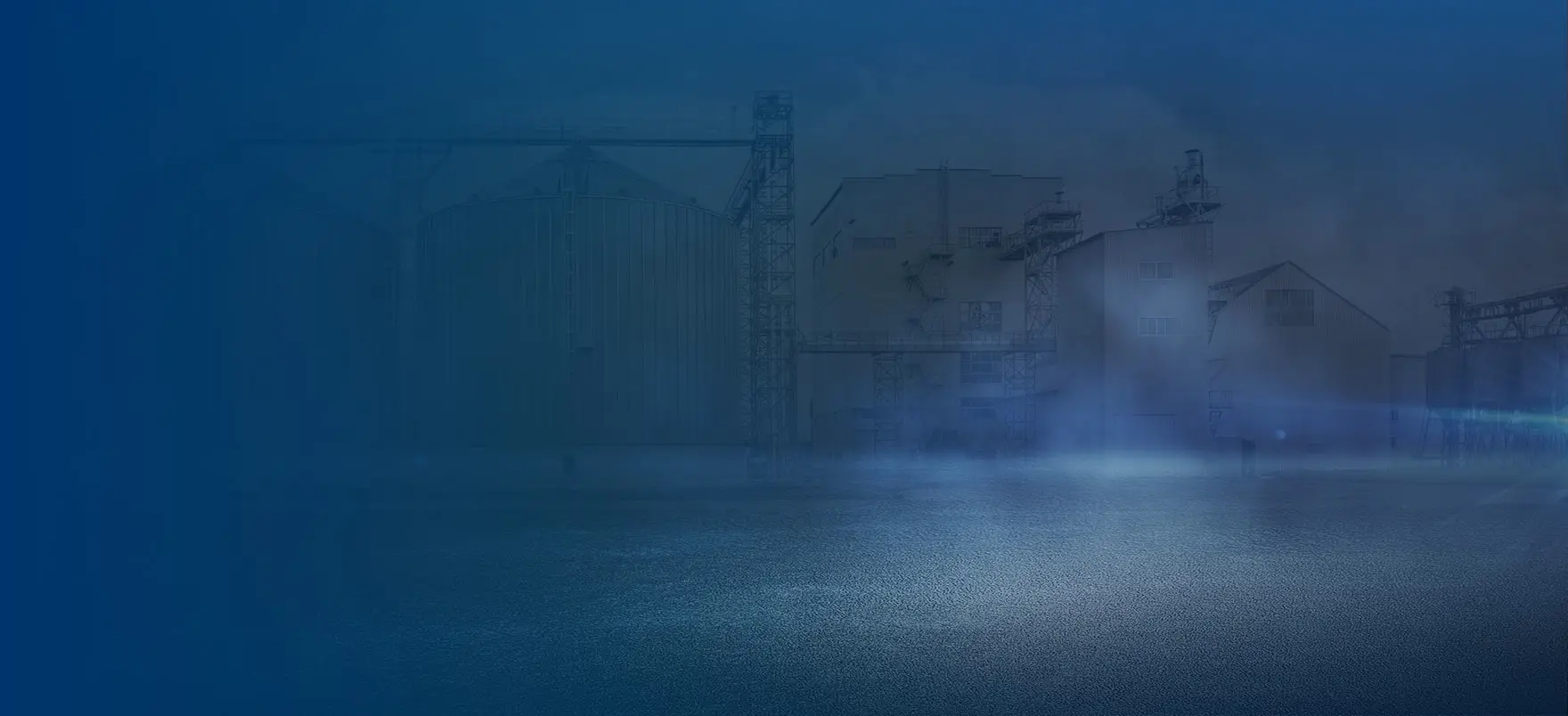
Optimized feed inlets, well-planned conditioners, efficient pelletizing chambers and stable Siemens motors, together with the RICHI Machinery's high-specification body just built, are enough to make it the heart of crab feed pellet production.
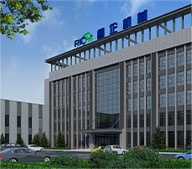
Brand
RICHI

Application
Crab
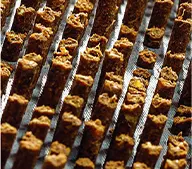
Finished
Pellets
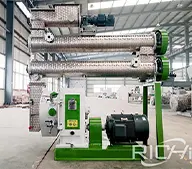
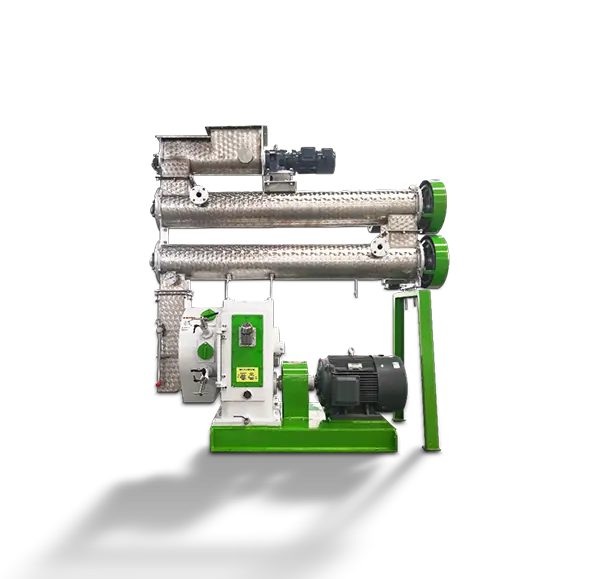
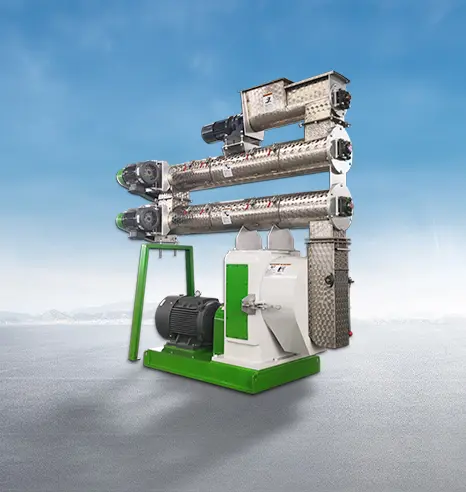
| Model | SZLH250 | SZLH320 | SZLH350 | SZLH420 | SZLH508 | SZLH558 | SZLH678 | SZLH768 |
|---|---|---|---|---|---|---|---|---|
| Main Motor Power(Kw) | 22 | 37 | 55 | 110 | 160 | 185 | 250 | 315 |
| Feeder Power(kw) | 1.1 | 1.5 | 1.5 | 1.5 | 1.5 | 1.5 | 1.5 | 2.2 |
| Conditioner Power(kw) | 1.5 | 4 | 4 | 7.5 | 7.5 | 11 | 11 | 11 |
| Ring Die Inner Diameter (mm) | 250 | 320 | 350 | 420 | 508 | 558 | 673 | 762 |
| Finished Pellets Diameter (mm) | 2~12 | 2~12 | 2~12 | 2~12 | 2~12 | 2~12 | 2~12 | 2~12 |
| Production Output (TPH) | 1.0-1.5 | 3-4 | 5-6 | 10-12 | 15-16 | 20-22 | 30-33 | 38-40 |
Technological innovation is essentially all about customer service. To make you feel the convenience of RICHI's products, technologies and solutions in the process of crab feed pellet production.
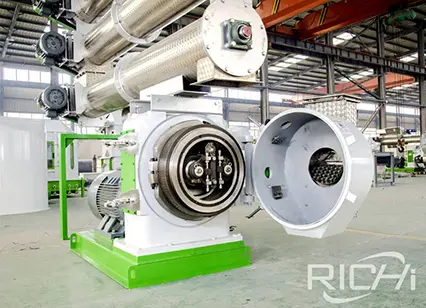
Feeding and conditioning systems
The optimized conditioning system with inverter feeding system improves the safety, nutritional value and maturation of the raw material to a great extent. This improves the overall quality of the feed from the source and ensures healthy feeding.
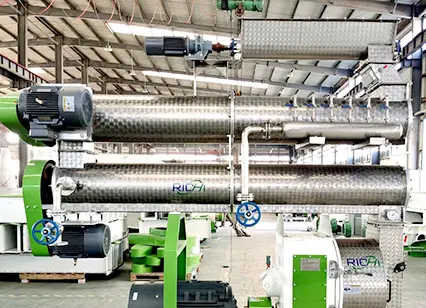
Drive system
High-end Siemens industrial grade drive motor drives the drive shaft of crab feed pellet making machine, which is more stable and durable than traditional belt drive. In the long run, this not only improves efficiency but also saves maintenance costs.
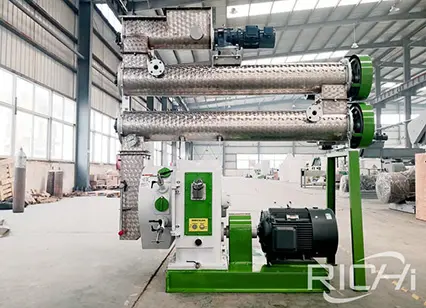
Structure and material
The body of the pellet machine is made of high quality and high specification alloy steel, which is sturdy and durable, reduces resonance and runs stably. The parts that come into contact with the raw material are made of high grade stainless steel, which does not affect the raw material in any way and greatly improves corrosion resistance.
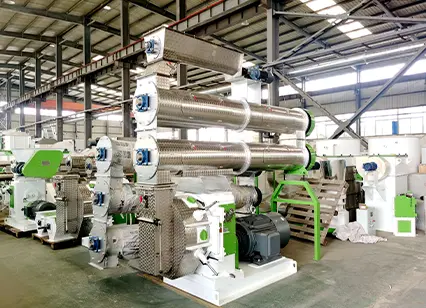
Control and Safety
Each crab feed pellet machine is equipped with an independent electric control system and safety stop function. It can not only avoid losses caused by perceived errors, but also effectively protect the pellet machine and subsequent production equipment.
Discover our streamlined buying process that makes it simple and efficient for you to get a complete crab feed pellet production plant. Every step of the way is customized for your convenience, from the initial schematic design and precise manufacturing process to secure payment options and on-site installation and commissioning. At the same time, our dedicated spare parts service ensures ongoing support and optimal machine performance, giving you peace of mind for years to come.


Solution Formulation
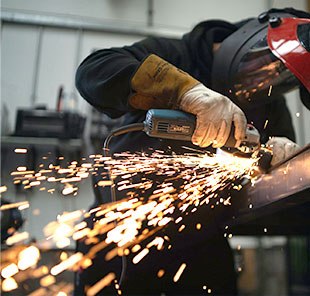
Equipment Manufacture

Secure Payment
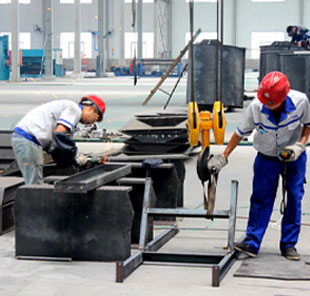
Spare Parts Service

HENAN RICHI MACHINERY CO.,LTD
Henan Richi Machinery Co., Ltd was founded in 1995. After nearly thirty years of development and expansion, RICHI Machinery has grown into a modern enterprise covering an area of 60,000 square meters and integrating independent research and development, production and sales.
The products involve feed pellet machinery and engineering, biomass pellet machinery and engineering, organic fertilizer machinery and engineering, conveying equipment and engineering, steel structure engineering, silo, automation control technology and engineering, etc., and each product series has passed ISO 9001 international quality management system certification and CE certification!
Get Quote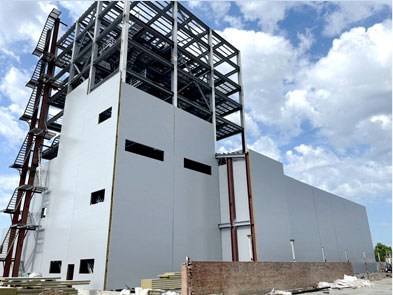

This state-of-the-art equipment supports a wide range of feed formulations for poultry and livestock, improving feed quality and reducing production costs. And its scalable design accommodates future expansion.
Learn More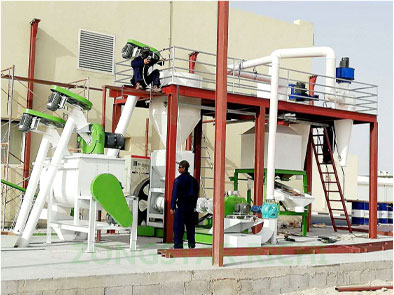

The system is fully automated, enabling seamless operation with minimal labor and supporting sustainable agricultural practices through the use of alfalfa and other forages.
Learn More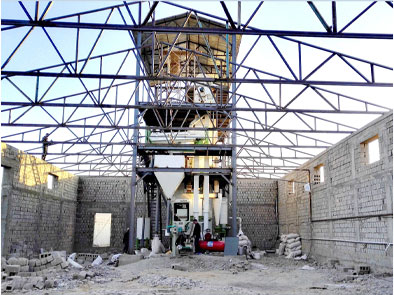

Hardwood residues are processed into durable, high-energy biomass pellets. Designed for industrial production, the system utilizes advanced drying and pelletizing technologies to ensure efficiency and quality.
Learn More

This project is capable of producing fish and shrimp feeds, equipped with precise extrusion technology for superior feed quality. The customer emphasizes its reliability and ease of operation as the main advantages.
Learn More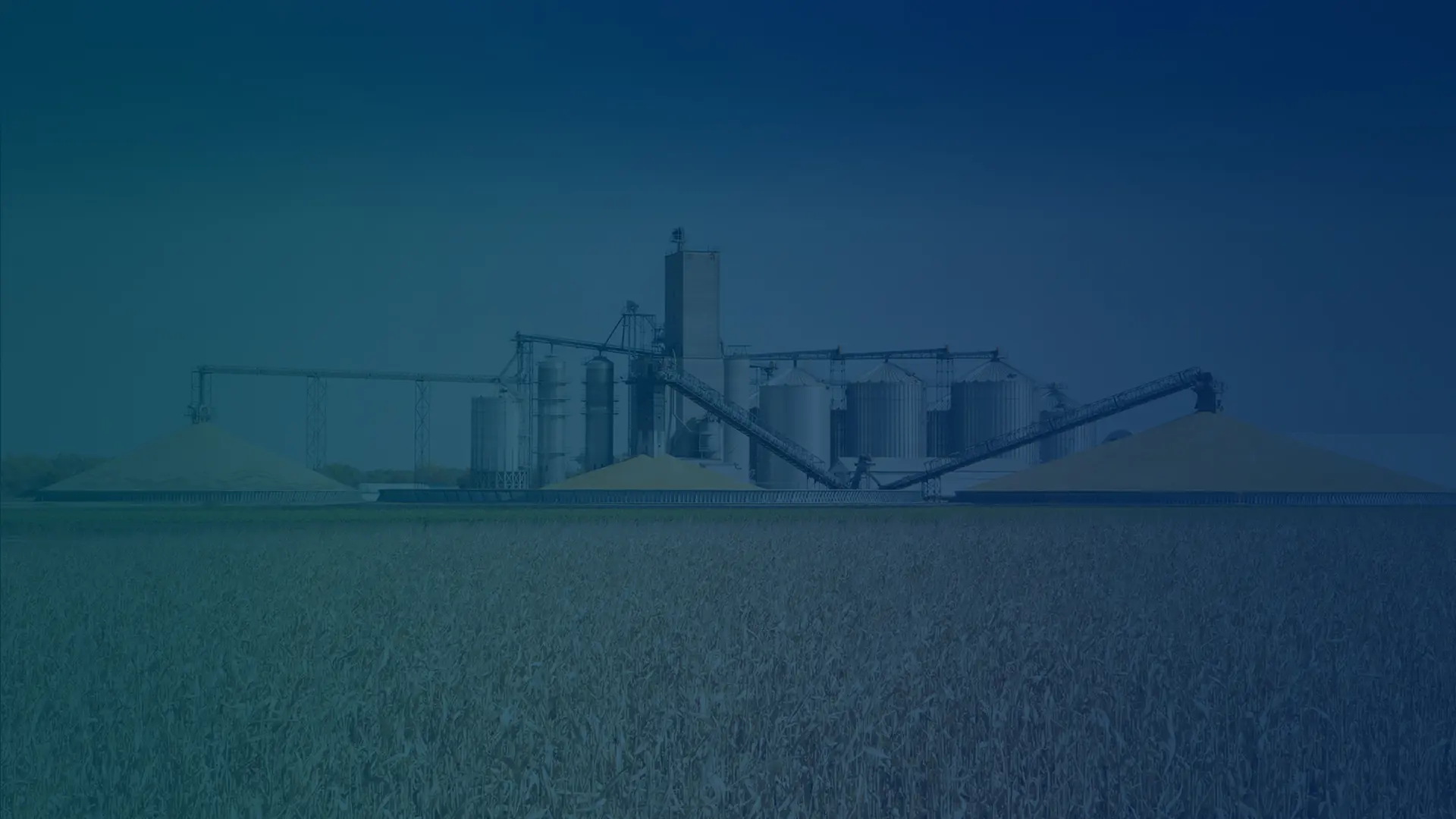
What kind of animal feed plant do you want to establish?
How many tons per hour about this plant you want to build?
Where is this animal feed plant going to be built?
When do you plan to start the operation?
The ideal moisture content for crab feed ingredients is typically between 10-15%. This range helps achieve efficient pelletizing, prevents clogging, and ensures that the pellets have the right consistency and durability for feeding.
Crab feed pellet machines are primarily designed for carbohydrate-rich, low-fiber ingredients like grains and cereals. While they can handle moderate levels of fiber, excessively fibrous materials (such as grasses or hay) can cause clogging and reduce efficiency. For high-fiber ingredients, it's often recommended to either pre-process the material (e.g., grinding or mixing with other ingredients) or use a different type of pellet machine designed for high-fiber feeds, such as forage or grass pellet machines.
In most cases, carbohydrate-rich ingredients like grains naturally contain starches that act as binders, making additional binders unnecessary. However, if the pellets are crumbling or lacking durability, you can add a small amount of a binder such as molasses, vegetable oil, or bentonite clay to improve pellet stability and cohesion.
During pelletizing, a crab feed pellet machine typically reaches temperatures between 70-90°C (158-194°F). This temperature range is high enough to bind ingredients together and improve pellet durability without compromising the nutritional quality of the feed.
Yes, pre-mixing is recommended before using a crab feed pellet machine. Pre-mixing ensures that all ingredients are evenly distributed, providing consistent nutrition in each pellet and preventing issues like clogging or uneven pellet quality during the pelletizing process.
A crab feed pellet machine typically requires a three-phase power supply due to its high power consumption. Depending on the machine's size and capacity, power requirements usually range from 15 kW for smaller units to around 150 kW or more for industrial-scale machines.
A crab feed pellet machine, often designed as a ring die pellet machine, differs significantly from a flat die pellet machine in terms of production capacity, efficiency, and durability. Here are some key differences:
In summary, ring die crab feed pellet machines are preferred for larger operations and durability, whereas flat die machines serve well in smaller, budget-conscious settings.
The lifespan of a crab feed pellet machine typically ranges from 10 to 15 years with regular maintenance. Proper care, such as routine cleaning, timely replacement of wear parts (like dies and rollers), and regular lubrication, can significantly extend its operational life.
Yes, some crab feed pellet machines can produce floating feed for fish, but it typically requires specific modifications, such as an extruder attachment or adjustments in temperature, moisture, and ingredient formulation. Floating feed often requires higher heat and pressure to create an expanded, buoyant texture, which can be achieved with additional equipment or by adding floating agents to the feed mixture.
Here are some common troubleshooting tips for crab feed pellet machines:
These troubleshooting tips can help maintain optimal performance and longevity for your crab feed pellet machine.
If you need further information, please contact us

Note: Pellet production is a continuous and complex process, requiring many equipment to complete the production from raw materials to finished pellets. Therefore, it is suitable for commercial projects but not for personal use.

RICHI stick to the service principle is: We are focusing on your future, your future is our future!
© HENAN RICHI MACHINERY CO., LTD 1995-2025